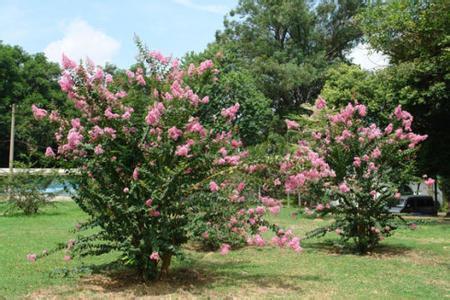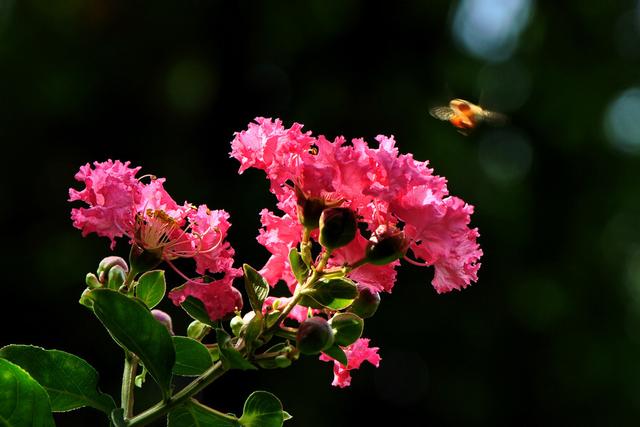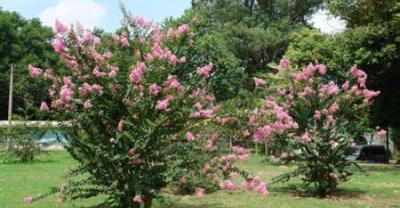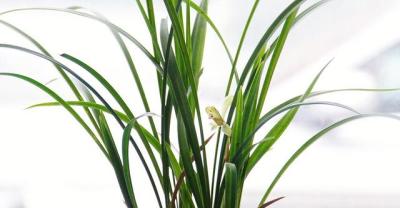Planting technology and daily maintenance management of crape myrtle
Planting technology and daily maintenance management of crape myrtle
Crape myrtle floret has a variety of colors, there are erect and drooping branches of 2 varieties. Most of the varieties planted are drooping branches, which have a short flowering period and usually begin to bear fruit after about 20 days of flowering, with a variety of flowers and colors.

1 planting of crape myrtle floret
1.1 selection of plants
Select the appropriate seedling specifications according to the needs. The plant has strong growth, free from diseases and insect pests, full crown and upright trunk.
1.2 arrangement of planting sites
First of all, it is necessary to clean up the weeds, stones and rubbish in the soil. If the soil has been contaminated, it is also necessary to change the soil. Proper fertilization should be applied before planting, and vegetation can be used.
Ash, fertilizer, chicken manure and other raw materials to improve the soil, increase nutrients, and then mix the soil and fertilizer evenly.
1.3 planting process
1.3.1 Seedling. Crape myrtle is a deciduous variety, which should be planted before sprouting in spring, and the survival rate is the highest. In Guangxi, it is generally from November to February of the following year, and other growing seasons can also be carried out, but the requirements of soil ball and planting are higher. The size of the earth ball is generally 5-10 times of the breast diameter, and it should be bandaged after digging to avoid the soil ball from spreading.
1.3.2 the size of the planting hole. According to the size of the soil ball, it is generally suitable to be larger than the soil ball 30~40cm, in order to facilitate the backfilling of high-quality soil to facilitate tamping, which is conducive to the combination of seedling roots and soil. The suitable depth is that the soil ball is lower than the ground plane 5cm after planting, too deep will affect the plant growth, and too shallow will be disadvantageous to the seedling water storage.
1.3.3 planting density. The appropriate density was selected according to the size of the plant and the purpose of future culture. If the tree is to be cultivated as a larger small tree, the plant distance should be appropriately increased, generally 2.5-4.0 m, and the annual pruning height and crown width can be determined according to the needs, generally 1-1.5 m. If it is too dense, it is easy to cause poor ventilation and light transmission, breeding diseases and insect pests, affecting the quality of flowering and increasing the difficulty of nursing.

2 regular maintenance and management
2.1 Lighting
Crape myrtle likes a sunny and well-ventilated growth environment. After planting for a certain period of time, the plants obscured by the surrounding trees should be transplanted, or the trees should be pruned reasonably to ensure sufficient light.
2.2 Water management
Sufficient water can ensure the good growth of the plant. The watering of crape myrtle depends on the weather, season, dryness of the soil and the appearance of the plant. The way of watering is mainly artificial irrigation or drip irrigation and so on. If you encounter rainy days or rainy seasons, you should pay attention to drainage and waterlogging prevention.
2.3 fertilization
2.3.1 Base fertilizer. Generally, the method of buried application is used for fertilization, and the number of fertilization is applied once in the planting hole during planting, and once more in other growing seasons in spring and before winter. Milk application is generally based on the mixture of treated tasteless organic fertilizer and compound fertilizer. The amount of fertilizer application should not be too much, and the DBH of 5~8cm is generally 100g to 150g per plant, which is buried in two relative positions.
2.3.2 topdressing. Topdressing is generally in the early stage of planting, topdressing can promote the rapid growth of plants in a short period of time, the effect is more obvious, generally using urea liquid application and spraying some foliar fertilizer. The best time for topdressing is before 10 ∶ 00 in the morning or after 16 ∶ 00, so as to avoid fertilizer damage caused by high temperature.
2.4 proper pruning
2.4.1 the first pruning. Generally began to prune and reshape the floret crape myrtle after the Beginning of Spring. According to the need to carry out reasonable pruning, cutting off small branches, dry and withered branches, disease and insect branches and redundant branches that affect the shape, etc., and the pruned branches should be cleaned in time. The buds sent out in the middle of March should be wiped in time. Generally, 3-5 buds can be retained in one trunk. The buds are easy to cause malnutrition, small branches, poor ventilation and light transmission, and breeding diseases and insect pests, thus affecting flowering.
2.4.2 the second pruning. After flowering in the middle of May every year, after a flowering period of about one and a half months, the flowering branches are pruned around the middle of July. According to the length of the flower branch, generally cut off the branch of 1 stroke 3.

2.5 Disease and pest control
2.5.1 Prevention and control of powdery mildew. Powdery mildew mainly harms the leaves, and also damages the branches, flower buds and branches to a certain extent. at the initial stage of the disease, white spots or patches appear on the leaves, the surface of the flowers are covered with a layer of powdery mildew, and the spikes are deformed, and the whole plant stops growing or even dies. Control methods: (1) proper fertilization and irrigation. (2) pruning diseased and withered branches in time to prevent infection to other branches. (3) it can be sprayed with 3000 times of 25% powder or 80% Dysen zinc wettable powder for prevention and control.
2.5.2 Prevention and control of coal pollution disease. The symptoms of coal fouling disease are as follows: the leaves or branches have slightly black spots or a layer of thin paper-like black matter, which is not conducive to its normal growth, and the leaves turn yellow or even fall off over time. Control methods (1) reasonable cultivation, planting density should not be too large, to ensure good light and ventilation, timely pruning diseased branches. (2) the plants damaged by coal fouling disease during the growing period can be sprayed with 1000 times of carbendazim wettable powder for prevention and control.
2.5.3 APHIS gossypii. Spotted aphids mainly lay eggs in buds, branches and other places in winter, and began to occur when crape myrtle sprouted in spring, resulting in some problems such as wingless fetal aphids. Prevention and control methods: (1) proper pruning in winter to remove diseased branches. (2) 20% imidacloprid 1500 times or 40% omethoate EC 1000 times can be sprayed for control.
- Prev

The planting technology of crape myrtle in the Xu family is really excellent.
Mr. Xu's assistant sent several more pictures. He said: fairies, are these crape myrtle growing up again? General Manager Xu's assistant is the financial director of his former company. Give birth.
- Next

The skills of making scenery and planting aquatic plants in fish tank
My family bought a big fish tank and some tropical fish. When you are upset, when you stand in front of the fish tank and watch the fish swim leisurely, your mood will become relaxed and relaxed.
Related
- Fuxing push coffee new agricultural production and marketing class: lack of small-scale processing plants
- Jujube rice field leisure farm deep ploughing Yilan for five years to create a space for organic food and play
- Nongyu Farm-A trial of organic papaya for brave women with advanced technology
- Four points for attention in the prevention and control of diseases and insect pests of edible fungi
- How to add nutrient solution to Edible Fungi
- Is there any good way to control edible fungus mites?
- Open Inoculation Technology of Edible Fungi
- Is there any clever way to use fertilizer for edible fungus in winter?
- What agents are used to kill the pathogens of edible fungi in the mushroom shed?
- Rapid drying of Edible Fungi

